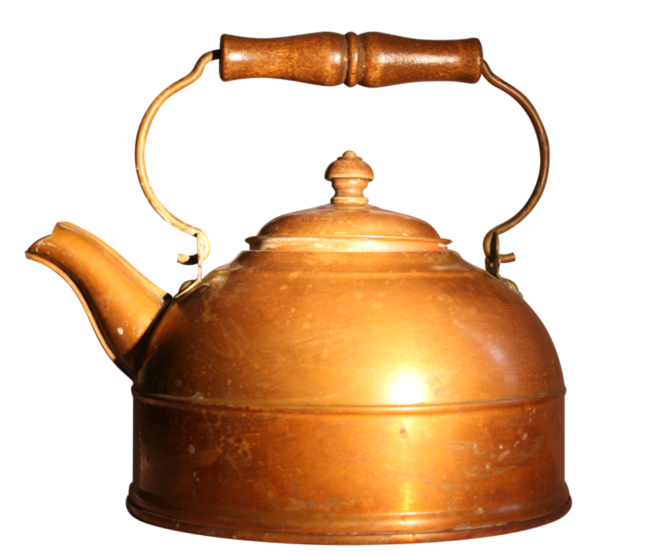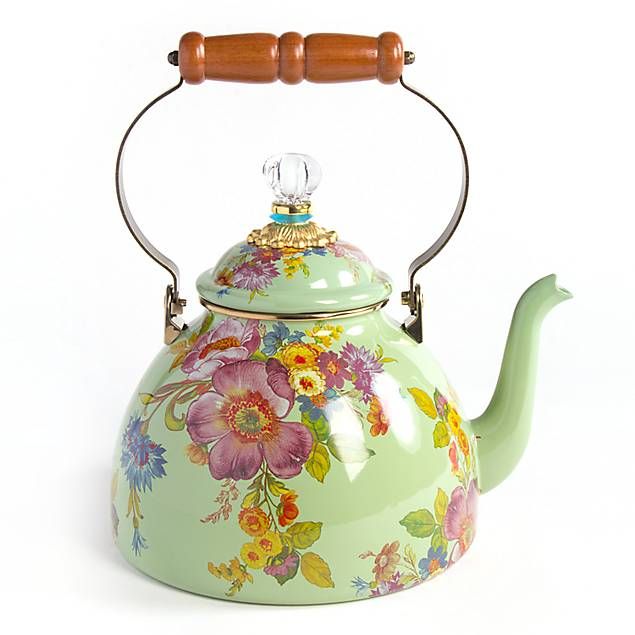Kettles have been around for years now and they remain the most common kitchen appliance in the UK. You are most likely to use a kettle to make that all important cup of tea in the morning or for boiling water for cooking purposes.
Boiling water using a kettle helps to rid water of impurities, something discovered by soldiers in China hundreds of years ago. Their methods of boiling water started a flow of boiling mechanisms that have finally resulted in the kettles we use to make a brew on a regular basis. Here’s a brief look at some of the major historical developments that occurred in the kettles timeline over the years.
Boiling water became essential for a wide variety of people across the world if they were to succeed in brewing all sorts of beverages, from green tea to malt beer. Europeans originally boiled water for the purposes of brewing alcohol whilst cowboys in North America would oil water to drink coffee during their breaks from cattle runs. They realised that metal was the perfect conductor of heat and coincidentally introduced a kettle made from strong metal compounds, primarily including copper.

The construction of kettles lead to a boom in the industry, although it might not be the industry you’d expect. Asian countries began to make the most of the design aspects of kettles to produce luxurious tea pots and cups made with porcelain which became highly desirable. Tea pots were traded across the globe and they became the essential appliance that they are today.
The earliest kettles that were intended to boil water were constructed from iron and placed directly on a source of heat, almost always a small fire. Iron proved to be a terrific conductor of heat and the construction of these kettles was reasonably straightforward.
Copper kettles were designed to appeal to the eyes of the consumers, with detailed finishes and wonderfully artistic designs being created for them. However, copper was easily tarnished by the heating process which meant that it required regular maintenance.

Once electric kettles arrived on the market in 1981 courtesy of the Carpenter Electric Company of the United States, there was a significant rise in the number of kettles found in homes all over the world. However, the first ever electric kettle took as much as 12 minutes to boil water because of the element being in a separate compartment to the water.
Finally, in 1922, the element was sealed in a metallic tube that allowed for a much faster boiling process. It was this design that caught on and to this day it is still the preferred kettle design produced by the vast majority of companies.
The majority of electric kettles produced today are automatic. Creating an automatic kettle proved to be the ideal development for many consumers as they wouldn’t have to worry about over-boiling the kettle any longer. The level of pressure in the kettle is assessed and subsequently turned off once the temperature of the water reaches boiling point.
In terms of kettles in the fashion industry, copper that has been adapted to last longer and prove a reliable material has always been popular with homeowners. Copper was used historically across England throughout the centuries and is now a terrific option for period properties looking to retain the historical elements of the kitchen.
Ultimately, kettles are likely to remain with us for many years to come thanks to their growing convenience for brewing and cooking purposes. They also hold an incredible amount of significance in any kitchen which is why we are likely to see further developments in kettle design in years to come.

COMMENTS
Different kinds of kettle were being discovered since man discovered to cook in fire and water came with it. In modern times, More and more are being designed to suit modern homemaker.
It is amazing how you learn the history of such kitchen item and how it became that way or the design. Thank you for sharing this one. Just like the cast iron skillet, iron is a great heat conductor and a great kitchen tool to have as it is also durable and retains the heat longer. We don’t use a kettle in the house at all, but I sure would love to own one too.
This is correct. I love watching period movies and there are always kettles in the scenes especially during tea time. It’s amazing how we still use them at present. 🙂
Wow, I never knew that using a kettle can remove impurities – now that is a nice information!